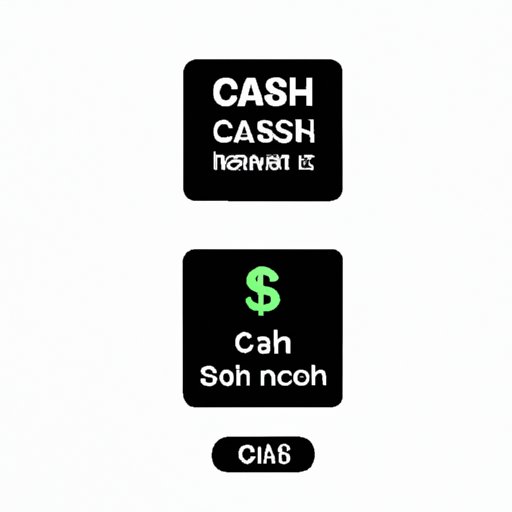
I. Introduction
Cash App has become one of the most popular peer-to-peer payment apps, allowing users to easily send and receive money from friends, family and even businesses. However, many users are left wondering just how much money they can send through the app and how sending limits work. In this comprehensive guide, we’ll explore everything you need to know about Cash App sending limits.
II. What are the Cash App sending limits and how do they work?
Cash App imposes sending limits to protect both the users and the app. These limits dictate the maximum amount of money that can be sent within a specific period of time. The app offers three types of sending limits: daily, weekly, and monthly limits.
For unverified users, Cash App imposes a maximum of $250 weekly sending limit and a $1,000 monthly sending limit. For verified users, the sending limit is increased to $7,500 per week and $17,500 per month.
III. Step-by-step guide: How to increase your Cash App sending limit
If you’re looking to increase your Cash App sending limit, it’s a straightforward process. You simply need to verify your account with Cash App. Here’s how:
- Open the Cash App and tap on your profile.
- Select “Personal” or “Business Account,” depending on what applies to you.
- Enter your legal name and date of birth. This information should match the details on your government-issued ID.
- Provide your social security number, and other requested details if necessary.
- Verify your phone number by entering the code that is sent to you.
- Then, add your debit card to your Cash App account.
- Finally, Cash App will confirm your account via email or text message.
Once you verify your account, you’ll be able to access the increased sending limits. Additionally, verified users also have the benefit of increasing their Cash App withdrawal limit, which can be as high as $2,500 per transaction.
IV. Exploring the different factors that impact Cash App sending limits
While account verification is a critical factor in determining your sending limit, other variables can also come into play. These include account age, transaction history, and other electronic fund transfer (EFT) activity on your account.
Your Cash App account age is particularly important in this regard. If you’re a new user, the app imposes sending limits to help establish trust and limit fraudulent activity. The longer your account has been open, the more transactions you’ll have, and the more trusted you’ll become as a user.
Furthermore, if Cash App flags your account with any suspicious activity, your sending limits may be lowered or frozen altogether. This could include transferring funds to another Cash App account suspiciously, making payments on anything deemed illicit, or frequently moving money between multiple accounts.
V. Are there any fees associated with Cash App sending limits?
Withdrawing funds from Cash App has minimal costs. However, if you want to expedite the process and get your money faster, Cash App offers instant deposits for a fee of 1.5% of the total instant deposit amount.
As for sending limits, Cash App doesn’t charge a fee for sending money up to the weekly or monthly sending limit. However, if you reach your sending limits and want to continue sending money, Cash App may charge a fee of 1.5% per transaction.
VI. Cash App sending limits compared: How do they stack up against other payment apps?
Compared to other peer-to-peer payment apps, Cash App does a good job of giving users increased sending limits. For example, Venmo has a weekly limit of $4,999, while Zelle’s limit varies significantly by bank.
However, if you need to send massive amounts of money, other apps like PayPal offer much higher limits. PayPal’s sending limit can max out at $60,000 monthly.
VII. Tips and tricks for navigating and maximizing your Cash App sending limits
If you want to keep your Cash App sending limits high and avoid restrictions or fees, here are some tips to remember:
- Verify your account as soon as possible
- Avoid sending or receiving payments for illicit goods or services
- Stick to regular, predictable transactions to avoid unusual activity flags
- Keep your account in good standing by ensuring you have sufficient funds in your account and paying for any outstanding account fees you may have accrued
VIII. Conclusion
Cash App provides an accessible and straightforward peer-to-peer payment experience. However, it’s essential to understand the app’s sending limits and how they work to make the most of your experience. By verifying your account, managing your transaction history and account age, and sticking to ethical practices, you should be able to maximize your sending limits without issue.




